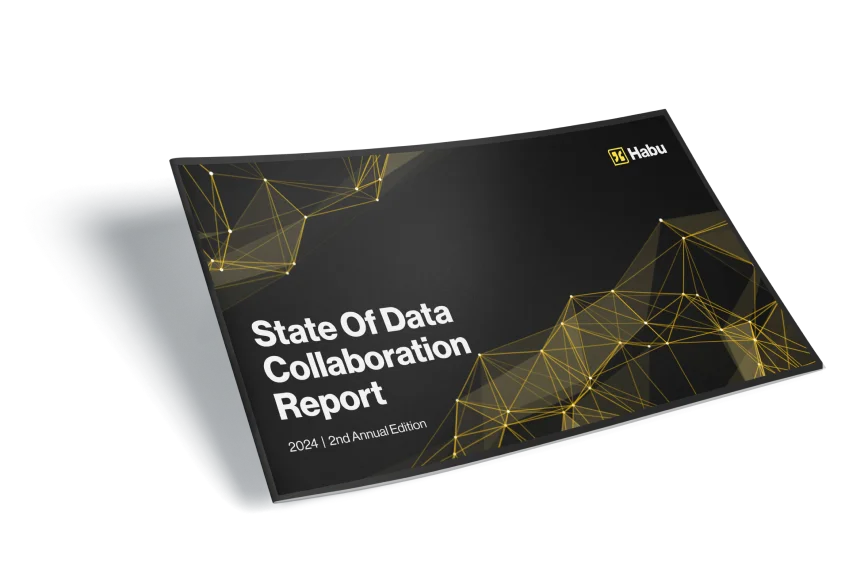Habu has been acquired by LiveRamp
Common Questions
When you have questions about data clean rooms, we’re here to answer.
To filter, select an industry or a clean room technology or a combination of both. Both will show only results that include both terms.
Select a Topic
Select a Clean Room Technology
Loading...
What Is A Data Clean Room?
Why Use A Data Clean Room?
Who Needs A Data Clean Room?
What Are The Different Types of Data Clean Rooms?
What are the most common situations in which brands need a data clean room?
Why Do I Need A Data Clean Room Now?
What Roles Within A Company Benefit From A Data Clean Room?
What Are The Key Benefits Of Data Clean Rooms For Marketers?
How Do Data Clean Rooms Work?
What is differential privacy?
What is Google Ads Data Hub (ADH)?
What are the key benefits of Google Ads Data Hub (ADH) for marketers?

2024 Report
The State of Data Collaboration
Understand what’s happening in data collaboration in today’s privacy-first world